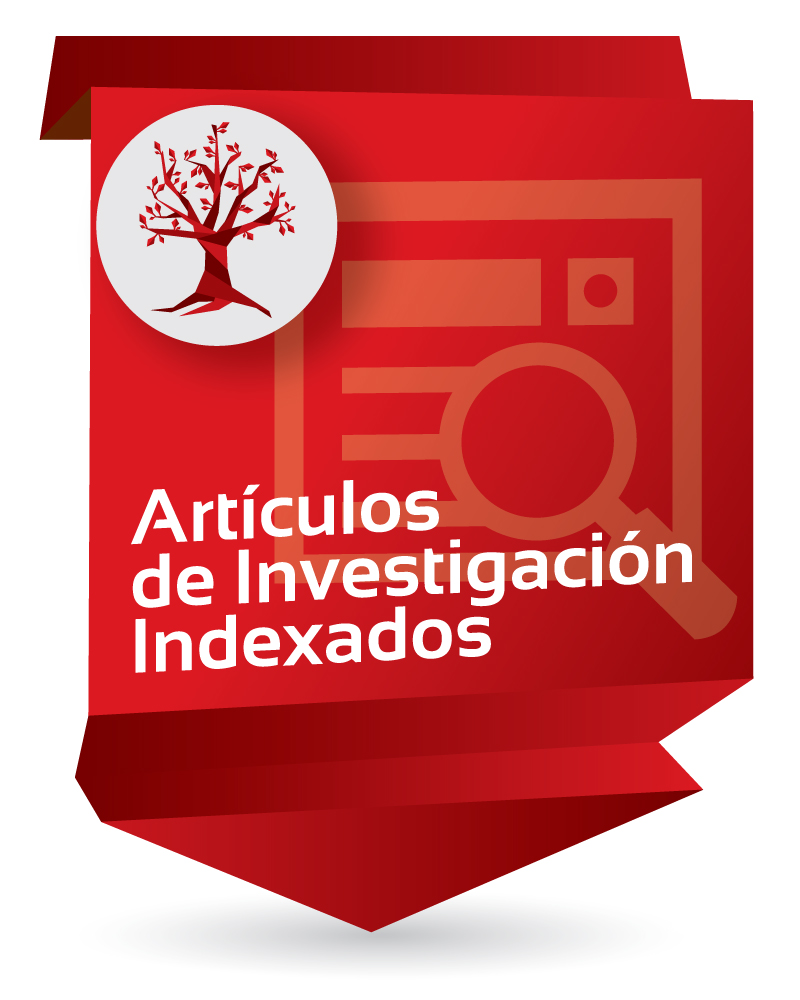Highly mercury-resistant strains from different Colombian Amazon ecosystems affected by artisanal gold mining activities
Cepas altamente resistentes al mercurio de diferentes ecosistemas amazónicos colombianos afectados por actividades de minería artesanal de oro

Enlaces del Item
URI: http://hdl.handle.net/10818/58676Visitar enlace: https://link.springer.com/arti ...
Compartir
Estadísticas
Ver Estadísticas de usoMétricas
Catalogación bibliográfica
Mostrar el registro completo del ítemAutor/es
Cardona Inés, Gladys; Escobar, María Camila; Acosta González, Alejandro; Marín, Patricia; Marqués , SilviaFecha
2022Resumen
Two sites of the Colombian Amazon region with diferent levels of human intervention and mercury pollution were selected
for the collection of samples of river and lake water, sediments, and associated forest soils. The Tarapacá region, afected
mainly by barrage mining, showed low mercury concentrations, whilst in the Taraira region, afected by underground mining,
there were several points with high mercury pollution levels. A collection of 72 bacterial and 10 yeast strains with diferent
levels of mercury resistance was isolated and characterized. Most of the highly resistant bacterial strains (MIC>40 mg L−1
HgCl2) were isolated from soil and sediment samples and belonged to either Pseudomonas (60%) or Bacillus (20%). Most
of highly resistant bacterial strains were positive for the presence of the merA gene, suggesting an active mercury resistance
mechanism. This was confrmed in the two most resistant strains, Pseudomonas sp. TP30 and Burkholderia contaminans
TR100 (MIC=64 and 71 mg L−1 HgCl2, respectively), which in the presence of increasing mercury concentrations expressed
the merA gene at increasing levels, concomitant with a signifcant mercury reduction activity. Analysis of the MerA sequences
present in the diferent isolates suggested a high gene conservation within the taxonomic groups but also several horizontal
gene transfer events between taxonomically distant genera. We also observed a positive correspondence between the presence
of the merA gene and the number of antibiotics to which the strains were resistant to. The most resistant strains are good
candidates for future applications in the bioremediation of mercury-contaminated sites in the Amazon Se seleccionaron dos sitios de la región amazónica colombiana con diferentes niveles de intervención humana y contaminación por mercurio.
para la recolección de muestras de agua de ríos y lagos, sedimentos y suelos forestales asociados. La región de Tarapacá, afectada
principalmente por la minería de presa, mostró bajas concentraciones de mercurio, mientras que en la región de Taraira, afectada por la minería subterránea,
Hubo varios puntos con altos niveles de contaminación por mercurio. Una colección de 72 cepas bacterianas y 10 de levadura con diferentes
Se aislaron y caracterizaron niveles de resistencia al mercurio. La mayoría de las cepas bacterianas altamente resistentes (CMI>40 mg L-1
HgCl2) se aislaron de muestras de suelo y sedimento y pertenecían a Pseudomonas (60%) o Bacillus (20%). Mayoría
de cepas bacterianas altamente resistentes dieron positivo para la presencia del gen merA, lo que sugiere una resistencia activa al mercurio
mecanismo. Esto se confirmó en las dos cepas más resistentes, Pseudomonas sp. Contaminantes TP30 y Burkholderia
TR100 (CMI=64 y 71 mg L-1 HgCl2, respectivamente), que en presencia de concentraciones crecientes de mercurio expresaron
el gen merA en niveles crecientes, concomitante con una importante actividad de reducción del mercurio. Análisis de las secuencias MerA.
presentes en los diferentes aislados sugirieron una alta conservación genética dentro de los grupos taxonómicos, pero también varias diferencias horizontales.
Eventos de transferencia de genes entre géneros taxonómicamente distantes. También observamos una correspondencia positiva entre la presencia
del gen merA y el número de antibióticos a los que las cepas eran resistentes. Las cepas más resistentes son buenas.
candidatos para futuras aplicaciones en la biorremediación de sitios contaminados con mercurio en la Amazonia
Palabras clave
Ubicación
Applied Microbiology and Biotechnology, 106(7), 2775-2793.
Colecciones a las que pertenece
- Facultad de Ingeniería [506]

















